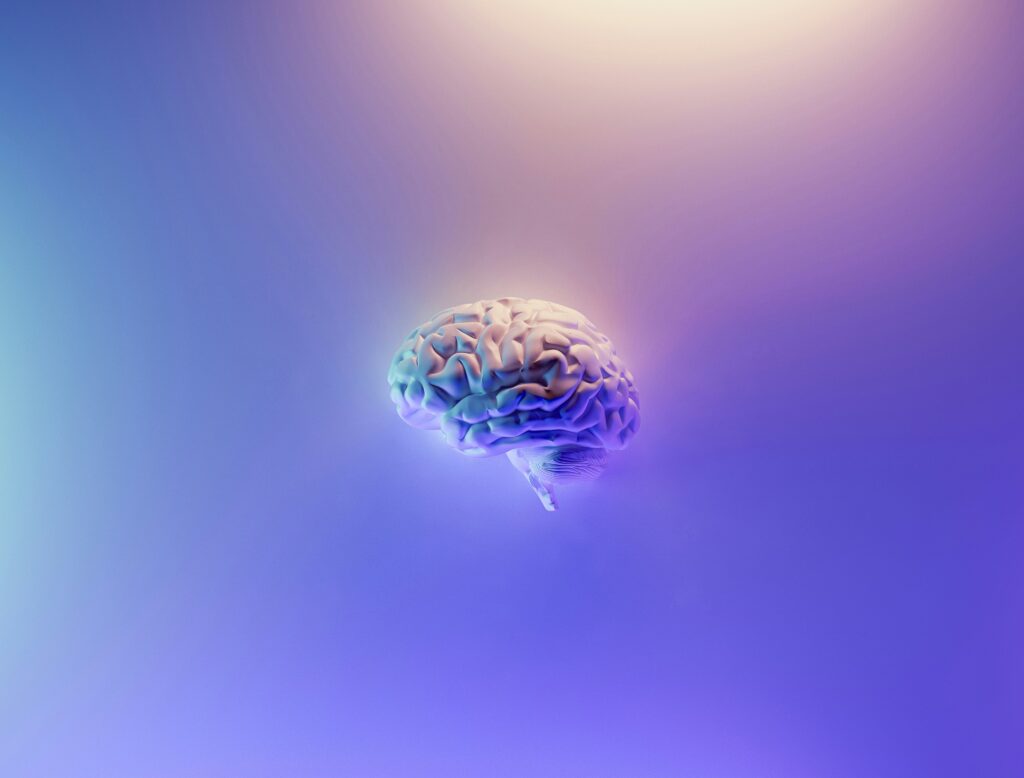The Science of Puzzles: How Our Brains Solve Riddles
Riddles are more than just a fun mental exercise—they tap into some fascinating cognitive processes that help us learn, think, and grow. Have you ever wondered what happens in your brain when you solve a riddle? Why does it feel so rewarding when you finally get that “aha!” moment? In this blog, we’ll explore the science behind how our brains tackle puzzles and riddles, and how solving them can benefit our cognitive health.
1. The Brain’s Problem-Solving Pathway
When you approach a riddle, your brain activates the prefrontal cortex, the part of the brain responsible for complex problem-solving and decision-making. This region helps you analyze the information given, break it down into manageable parts, and begin strategizing ways to solve the puzzle.
For example, when faced with a riddle like:
“What has a heart that doesn’t beat?”
Your brain processes the literal meaning of “heart” and then evaluates alternative meanings that could fit the context of the puzzle. The challenge lies in recognizing when the literal meaning doesn’t apply, and a metaphorical or abstract answer, such as “an artichoke,” becomes the solution.
2. Pattern Recognition and Creativity
Riddles often rely on patterns and lateral thinking, which activates both the left and right hemispheres of the brain. The left hemisphere deals with logic and facts, while the right hemisphere is responsible for creativity and seeing the big picture. Together, these hemispheres work to connect the dots, helping you think beyond traditional boundaries to find unexpected solutions.
For riddles that involve wordplay or homophones—such as:
“What has to be broken before you can use it?”
Your brain must quickly switch from literal thinking (looking for physical objects that break) to conceptual thinking, where the answer (“an egg”) involves understanding a shift in meaning.
3. The Power of the “Aha!” Moment
One of the most satisfying parts of solving a riddle is the “aha!” moment, when the answer suddenly becomes clear. This feeling of enlightenment is tied to a release of dopamine, the neurotransmitter responsible for pleasure and reward. Dopamine floods the brain when you experience this moment of clarity, reinforcing positive feelings and encouraging you to tackle more puzzles in the future.
Scientists have found that the “aha!” moment occurs when the brain makes an unexpected connection. In riddles, this often happens when you reframe the problem in a new way or recognize that you’ve been approaching it with the wrong assumption.
4. Cognitive Benefits of Solving Riddles
Solving riddles isn’t just about having fun—it can also boost your cognitive health in several ways:
- Improved Memory: Working through riddles helps improve both short-term and long-term memory, as your brain retains and manipulates information to arrive at the correct answer.
- Enhanced Problem-Solving Skills: The problem-solving process trains your brain to think critically and evaluate different possibilities. These skills are transferable to real-life situations, making you better at analyzing and resolving complex issues.
- Increased Focus and Attention: Riddles require sustained attention and concentration. By regularly engaging with puzzles, you can sharpen your focus and train your brain to resist distractions.
- Strengthened Cognitive Flexibility: Cognitive flexibility refers to your brain’s ability to adapt to new challenges. Riddles force you to think outside the box and pivot when your initial assumptions don’t work. This can improve your overall adaptability and creativity in problem-solving.
5. Riddles and Brain Aging
As we age, cognitive decline becomes a concern for many. The good news is that solving riddles and puzzles can help keep your brain sharp as you grow older. Studies have shown that engaging in challenging mental activities, like solving riddles, can slow cognitive decline and reduce the risk of conditions like dementia.
By solving riddles, you’re essentially giving your brain a workout, much like physical exercise strengthens your body. Riddles engage various parts of the brain, helping to maintain neural pathways and even create new ones.
6. Riddles in Everyday Life
While riddles are often seen as recreational, the skills they cultivate are useful in everyday life. Riddles encourage you to question assumptions, a crucial skill in critical thinking. For instance, in the workplace, being able to step back, reassess a problem, and approach it from a different perspective can lead to innovative solutions.
Think about how often you face challenges that seem unsolvable until you change the way you think about them. Riddles provide a structured way to practice that mental flexibility and creative problem-solving.
7. Why We Love Riddles
The human brain thrives on challenges, and riddles offer a low-stakes but high-reward way to satisfy that craving. Whether you’re solving a simple riddle or a complex one, each time you solve a puzzle, your brain experiences a sense of accomplishment.
There’s also a social aspect to riddles—sharing them with friends, family, or colleagues and working together to solve a tricky puzzle can foster communication and teamwork. The shared triumph of solving a particularly tough riddle can bring people closer and offer a fun way to bond.
Conclusion
Riddles are more than just a fun pastime—they engage your brain in powerful ways, strengthening cognitive functions, improving problem-solving skills, and even keeping your brain sharp as you age. The next time you find yourself stuck on a riddle, remember that you’re not just playing a game—you’re giving your brain a rewarding workout! So, keep challenging yourself with new riddles, and enjoy the brain-boosting benefits that come with solving them.


